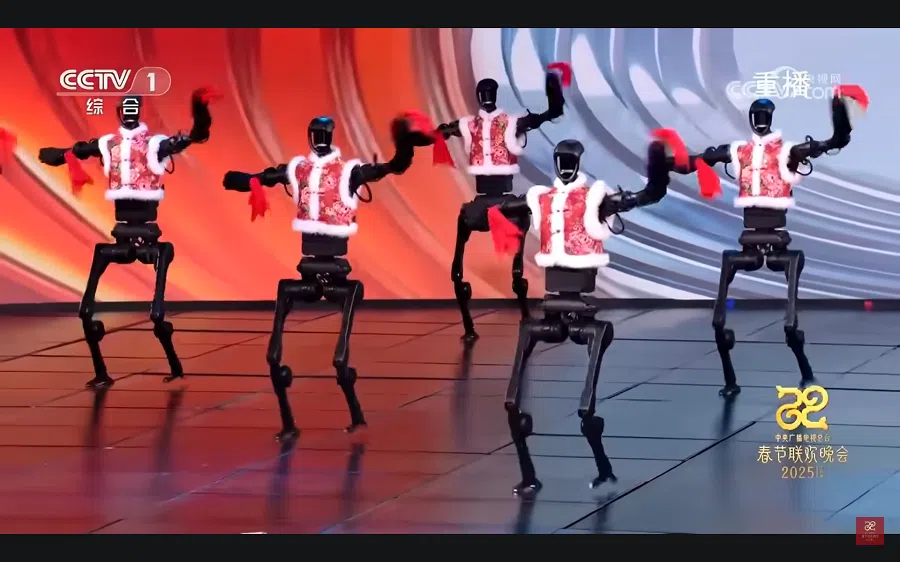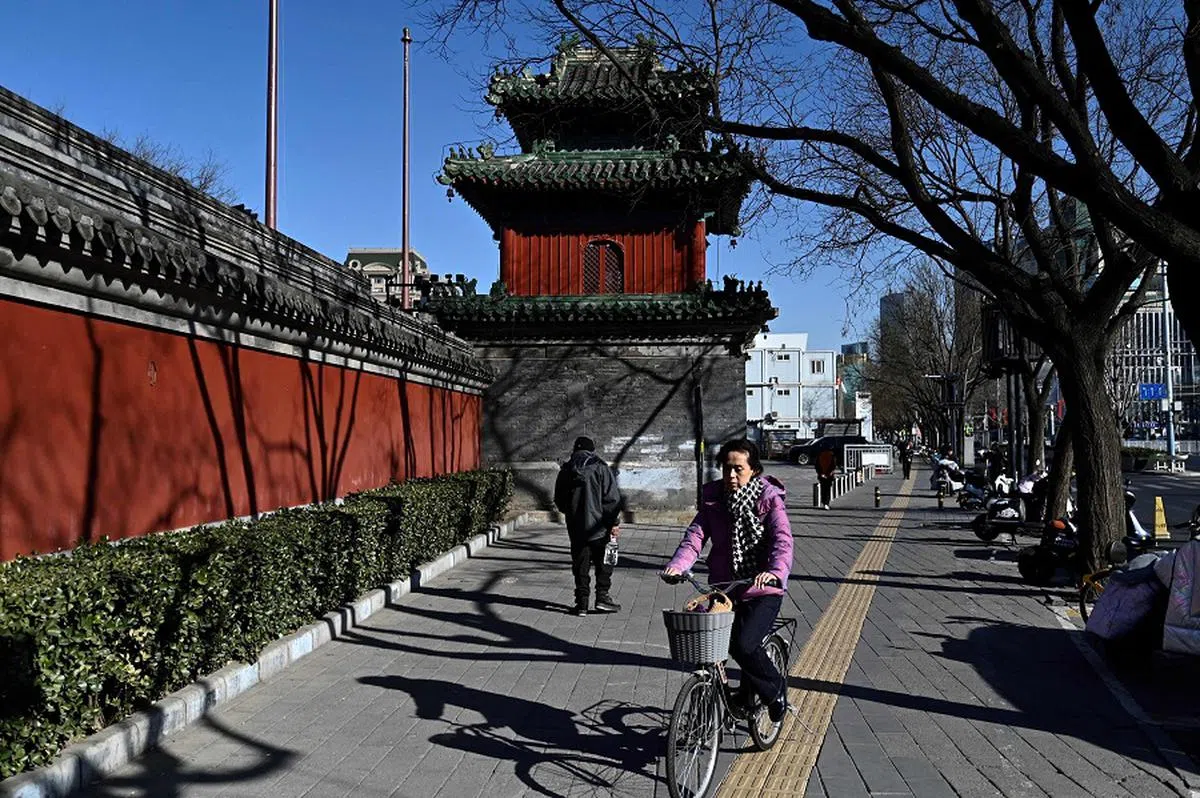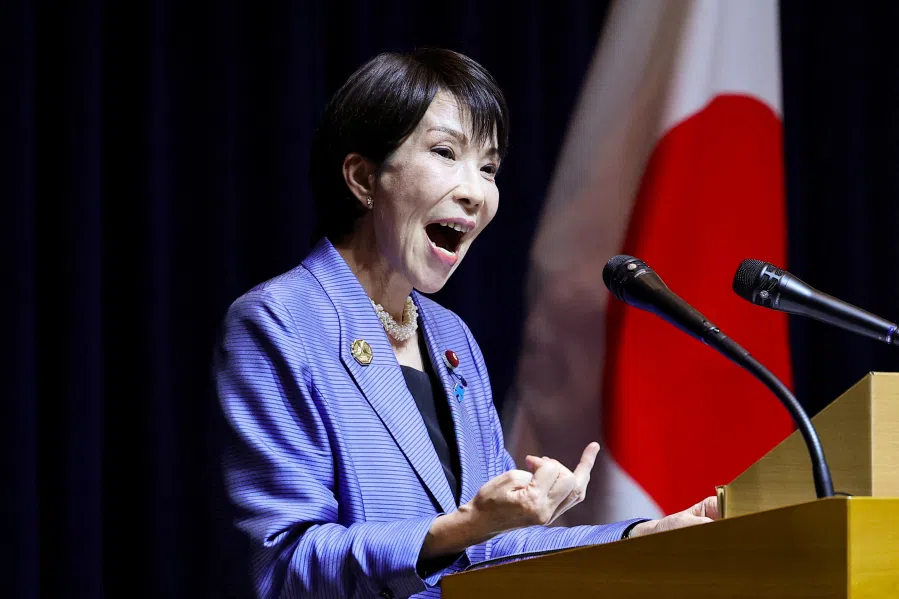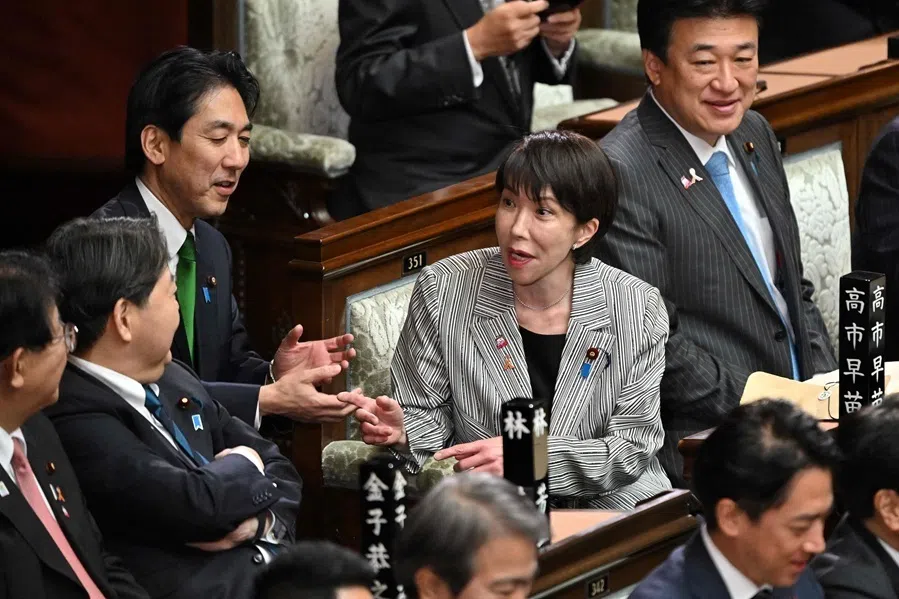What does the success of Hangzhou’s ‘Six Little Dragons’ mean for China?
What China’s recent tech upstarts — known as the “Six Little Dragons” — have in common is that they all emerged from Hangzhou. What edge does Hangzhou have over other cities in China that enabled such unprecedented success? Lianhe Zaobao correspondent Yu Zeyuan tells us more.

The “Six Little Dragons of Hangzhou” have recently become a hot topic, prompting several Chinese provinces and cities like Jiangsu, Guangdong, and Anhui to reflect on why such a concentration of star start-ups did not take root in their regions. The “Six Little Dragons” phenomenon is also expected to be discussed at the Two Sessions scheduled to convene in early March. To a certain extent, from now on, learning from Hangzhou’s approach to creating an open and inclusive business environment will become a “politically correct” mantra for other Chinese regions.
The “Six Little Dragons” refer to the six enterprises of Game Science, DeepSeek, Unitree Robotics, DEEP Robotics, BrainCo and Manycore Tech — all “tech upstarts” that have risen to prominence in Hangzhou over the past two years and hold significant influence within their respective industries.
Hangzhou’s recent wave of tech wonders
Game Science is the company behind Black Myth: Wukong, which took the gaming world by storm last year. The game won two major awards — Best Action Game and Players’ Voice — at The Game Awards 2024, also known as the Oscars of the gaming world, marking a significant breakthrough for China-developed games.
Within two years of its founding, DeepSeek launched its DeepSeek-R1 this January. Its performance in mathematics, coding, and natural language reasoning rivals that of OpenAI o1, and is already being widely adopted globally. On 20 January, DeepSeek founder Liang Wenfeng participated in a symposium hosted by Chinese Premier Li Qiang, becoming a hotshot in the tech innovation scene.
Unitree Robotics and DEEP Robotics both specialise in the research and development of quadruped and humanoid robots. Unitree Robotics’ humanoid robots performed complex movements at this year’s Spring Festival Gala, capturing global attention. Meanwhile, BrainCo became the second brain-computer interface enterprise globally, after Elon Musk’s Neuralink, to secure over US$200 million in funding. Manycore Tech is a spatial intelligence company boasting the world’s largest interactive 3D data capabilities, with over 320 million 3D models and 77.8 million average active monthly active users.
Nanjing party secretary Zhou Hongbo believes that the rise of the “Six Little Dragons of Hangzhou” was not accidental, attributing it largely to the city’s favourable innovation atmosphere, industrial ecosystem and business environment.

While Chinese public opinion celebrates the achievements of the “Six Little Dragons of Hangzhou”, it also raises questions about why such a concentration of “tech upstarts” has emerged in this particular city. Media outlets in other provinces and cities have also begun to examine the disparities between their regions and Hangzhou.
On 6 February, at Guangxi Zhuang autonomous region’s first meeting after the Chinese New Year holiday, Party Secretary Chen Gang said that the global success of the AI model launched by Hangzhou-based DeepSeek demonstrates that anything is possible in the AI era. He asserted that Guangxi should not underestimate itself or lag behind, but should instead position itself at the forefront of this era to seize opportunities and accelerate the development of a “digital Guangxi”.
To ensure the developers of Black Myth: Wukong could work without distractions, the government assisted in applying for various subsidies across all levels and game publishing licenses...
Why Hangzhou?
An official Jiangsu media outlet published three articles on 7 and 8 February, reflecting on why DeepSeek emerged in Hangzhou and why Nanjing could not cultivate its own equivalent of the “Six Little Dragons”. Nanjing party secretary Zhou Hongbo believes that the rise of the “Six Little Dragons of Hangzhou” was not accidental, attributing it largely to the city’s favourable innovation atmosphere, industrial ecosystem and business environment.
An article from Jiangsu’s official media highlighted that to overcome the “hyper-bureaucracy” in Nanjing, changes must be initiated from the top down, with a shift in the working styles of the supervisors that leads to an optimised working environment. Any hesitation shown by top leaders at various levels would pass on a firm sense of “unwillingness” to the rank and file. The slightest hint of a leader shirking their responsibilities would be met with perfunctory responses from subordinates, who often have more methods to manoeuvre compared to their superiors.
On 12 February, the headline for Anhui’s Hefei Daily asked how Hefei — famed for its technological innovation — should assess its innovation ecosystem, cultivate unique innovative entities and emerging industries, and reshape its identity in light of Hangzhou’s “Six Little Dragons” elevating artificial intelligence and technological innovation to new heights.
In addition to provincial and municipal official media and leaders expressing a desire to learn from Hangzhou one after another, China’s central media have also praised Hangzhou’s “Six Little Dragons”.

Chinese state media People’s Daily published an article on 10 February with probing questions from provincial media such as “why can’t we develop our own ‘Hangzhou Six Little Dragons’?” Such questions have very practical concerns.
In 2024, Zhejiang’s provincial procuratorates helped 269 enterprises release over 100 million RMB of funds from unlawful, excessive, or prolonged “seizure and freezing”.
Hangzhou as a model for emulation
The article suggested that Hangzhou’s experiences could serve as a reference when it comes to emulating tenets like maintaining strategic focus, implementing long-termism, and solidifying industrial foundations. Since 2005, Hangzhou has been at the forefront of pushing out development policies for the anime and gaming industries, with related policies having undergone six iterations by the end of 2022, forming a comprehensive gaming industry chain. To ensure the developers of Black Myth: Wukong could work without distractions, the government assisted in applying for various subsidies across all levels and game publishing licenses, in addition to arranging for daily food delivery with canteens and property companies.
Moreover, Zhejiang has undertaken profit-driven law enforcement and judicial supervision, reporting on cases related to “deep sea fishing”. In 2024, Zhejiang’s provincial procuratorates helped 269 enterprises release over 100 million RMB of funds from unlawful, excessive, or prolonged “seizure and freezing”. With a policy of non-interference when unnecessary and prompt responsiveness to requests, enterprises could “achieve genuine business development and industrial advancement”.
On 11 February, Xinhua published a commentary succinctly summarising the secrets to success for the “Hangzhou Six Little Dragons”: persistence in innovation, unwavering determination to weather challenges over the years and continuous efforts to enhance the business environment.
Political validation
For China’s top leadership, Hangzhou’s status as a source of new quality productive forces advocated by President Xi Jinping is a welcome development. Among the seven members of the Chinese Communist Party’s Politburo Standing Committee (PSC), three have worked extensively in Zhejiang. The achievements of Hangzhou and Zhejiang over the years will naturally be linked to the foundations they laid.
During Xi’s tenure in Zhejiang, he proposed the “Eight-Eight Strategy” which involved leveraging eight advantages, promoting eight initiatives, and achieving eight goals — a development strategy that subsequent Zhejiang leaders were required to follow.

These three members include Xi, who served as Zhejiang party secretary for five years, Premier Li Qiang, who was Zhejiang governor for four years, and PSC member Cai Qi, who served as a member of the Zhejiang Provincial Party Committee and as Zhejiang vice governor.
During Xi’s tenure in Zhejiang, he proposed the “Eight-Eight Strategy” which involved leveraging eight advantages, promoting eight initiatives, and achieving eight goals — a development strategy that subsequent Zhejiang leaders were required to follow. On 5 February, the Zhejiang Provincial Party Committee held its first meeting after the Chinese New Year holiday centred on the theme of faithfully implementing the “Eight-Eight Strategy” and constructing a high-quality demonstration zone for advancing common prosperity.
Thus, it is evident that the emergence of the “Hangzhou Six Little Dragons” not only sets a model for other regions in China to create a favourable business environment, but also holds political value in building trust and maintaining the core status of the top leader.
This article was first published in Lianhe Zaobao as “杭州“六小龙”的政治价值”.





